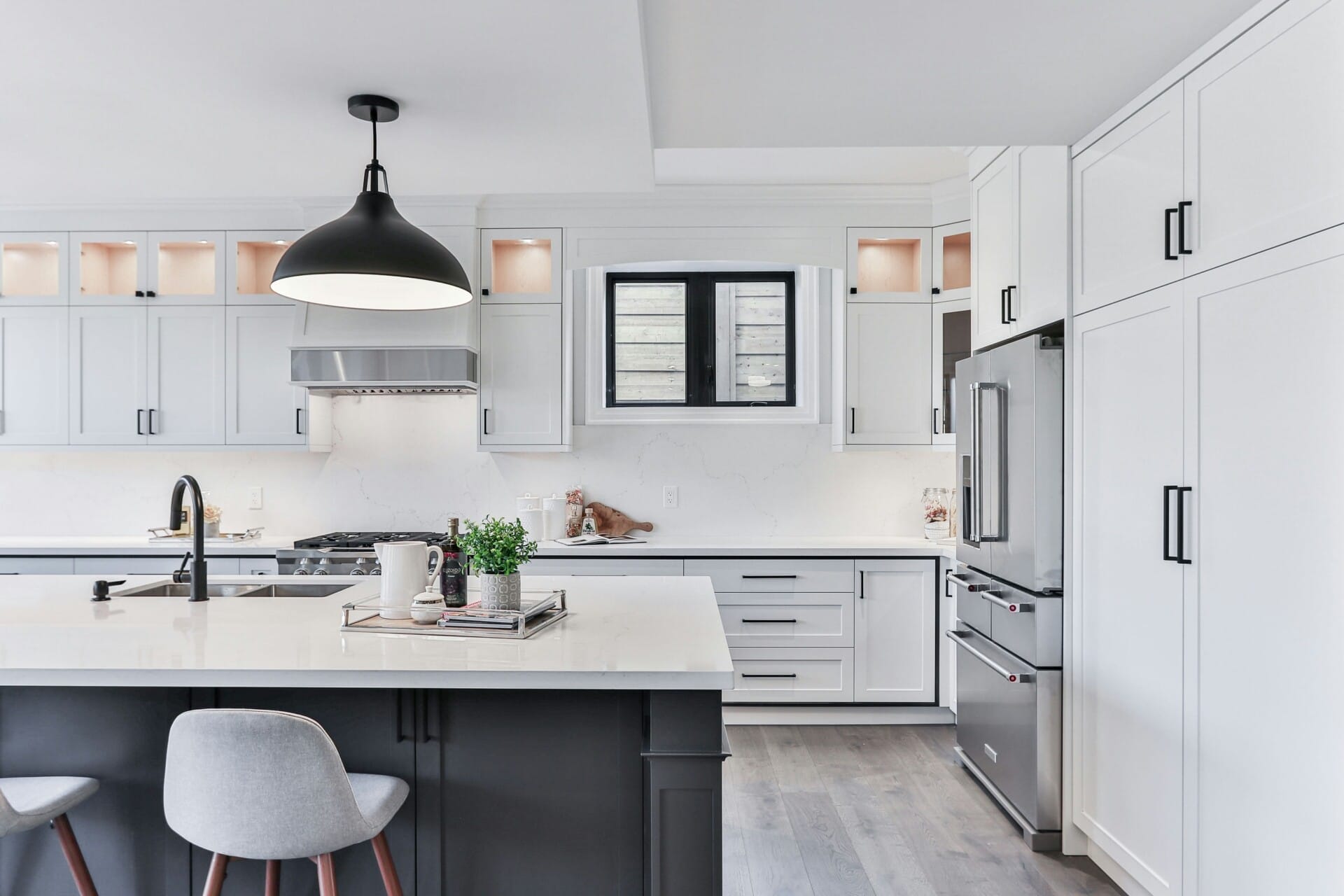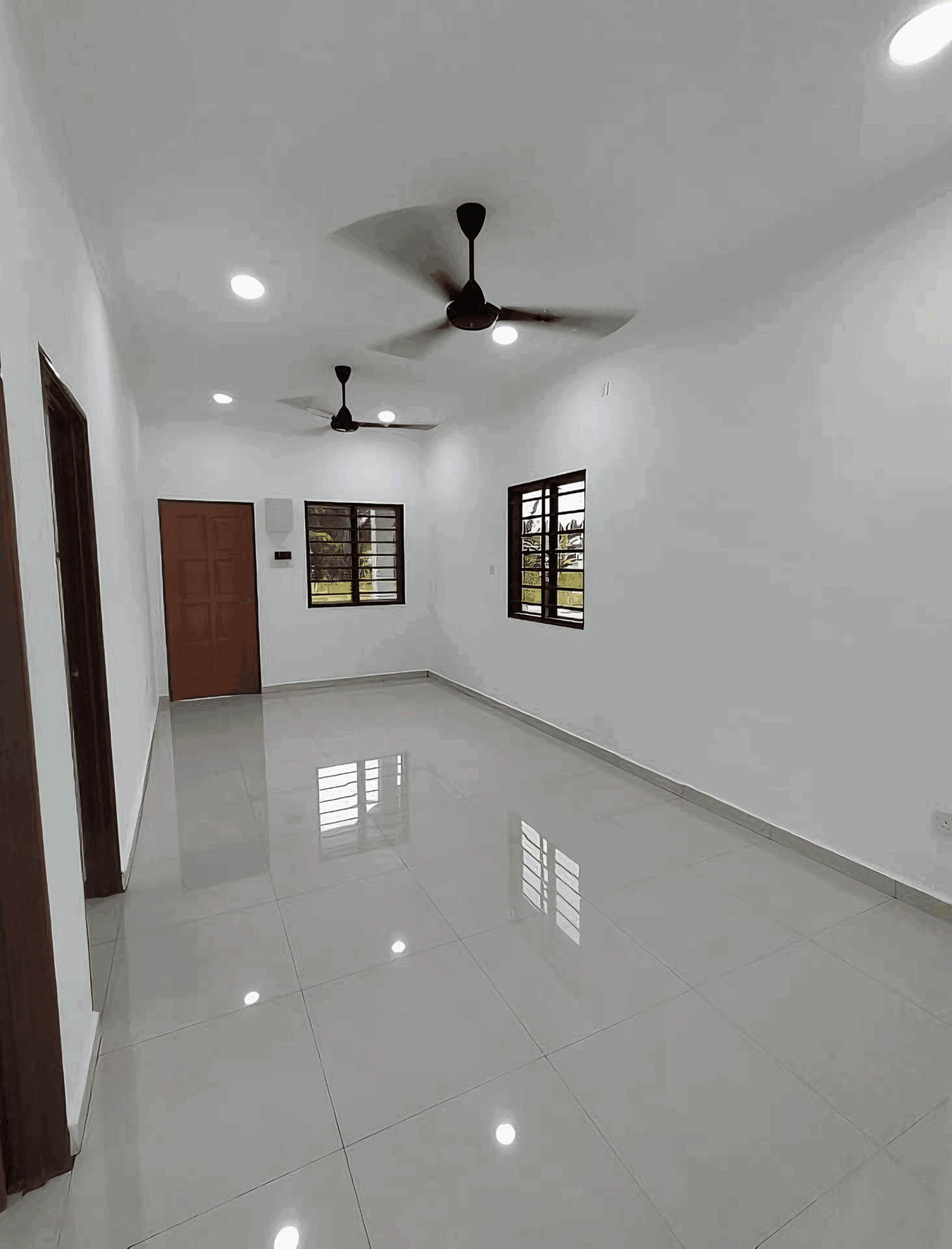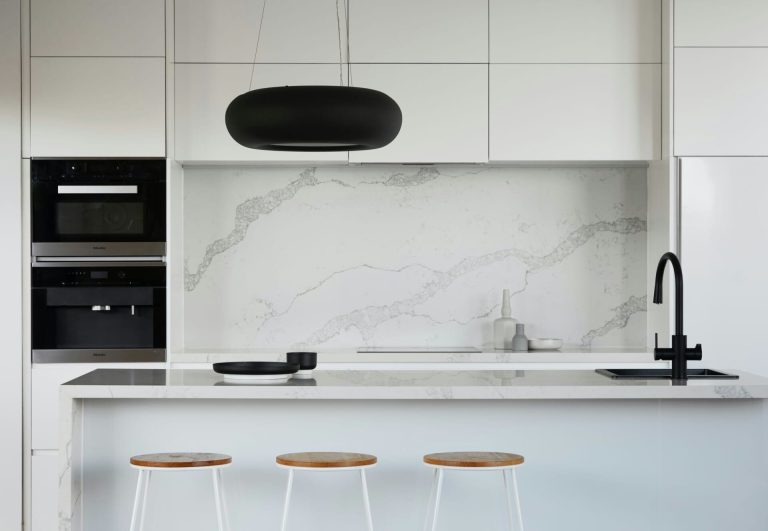In the rhythm of daily life, our homes stand as silent witnesses to our joys, struggles, and the myriad moments that shape our existence. They shelter and nurture us, offering comfort and security. However, like any relationship, the bond we share with our living spaces requires care and attention to flourish. Enter the often-overlooked, yet critically important concept of periodic maintenance. This practice, while sometimes viewed as an unwelcome chore or an unnecessary expense, is, in truth, the cornerstone of a quality home.
Just as a well-maintained car runs more smoothly and a routinely serviced kitchen appliance performs its best, our homes too demand regular check-ins to ensure their longevity and livability. From checking the integrity of the roof overhead to maintaining the vitality of plumbing and electrical systems, consistent upkeep safeguards our investments and enhances our daily experiences. In this exploration of the vital role of periodic maintenance, we will uncover not only the practical benefits but also the deeper significance this commitment holds for homeowners. By understanding and embracing this proactive approach, we can protect the sanctity of our homes and enrich our lives within them, ensuring they remain places of solace and joy for years to come.
Understanding the Essential Role of Preventive Maintenance in Home Preservation
Preventive maintenance plays an integral role in ensuring a home maintains its structural integrity and aesthetic appeal. By regularly attending to repairs and inspections, homeowners can identify potential problems before they escalate into costly disasters. Routine checks should include aspects like roof inspections, plumbing assessments, and electrical system evaluations. Adopting this proactive approach not only protects your investment but also prolongs the lifespan of key systems within the home.
Regular maintenance provides numerous benefits, such as enhanced energy efficiency and increased property value. Simple tasks, including replacing filters in heating and cooling systems or sealing drafts around windows, can lead to significant savings on energy bills. Furthermore, homes that are well-maintained tend to attract better offers when put on the market, as prospective buyers look for properties with fewer hidden issues. A comprehensive maintenance checklist can help ensure that no corners are cut during this essential upkeep.
Establishing a maintenance schedule can simplify these tasks and make them less daunting. Consider creating a seasonal calendar highlighting specific jobs tailored to weather and climate conditions. For example:
| Season | Maintenance Tasks |
|---|---|
| Spring | – Inspect roof and gutters – Service HVAC systems – Check exterior for cracks |
| Summer | - Test smoke detectors – Clean windows – Check for pest infestations |
| Fall | – Winterize plumbing – Clean and store outdoor furniture - Inspect insulation |
| Winter | – Monitor heating system – Inspect for ice dams - Ensure adequate ventilation |
By prioritizing preventive maintenance, homeowners can create a safer and more enjoyable living environment while safeguarding their property’s value over time. This systematic approach to home care allows for predictable budgeting and less stress in managing home-related tasks, creating a harmonious balance between maintaining a beautiful home and avoiding unexpected repairs.

Key Areas for Regular Inspections to Enhance Longevity and Safety
Maintaining the integrity of a home involves regular inspections in crucial areas that are often overlooked. Roofing is one such area where proactive assessment can prevent significant damage. Inspect shingles for signs of wear, check for leaks, and ensure that gutters are clean to facilitate proper drainage. Neglecting these aspects can lead to expensive repairs and even compromise the safety of the home’s structure.
Another vital area requiring attention is the plumbing system. Regular checks for leaks, especially in basements and under sinks, can save homeowners from costly water damage and mold problems. Evaluate the water pressure and inspect pipes for corrosion or wear. Additionally, ensure that the water heater is functioning properly and is not in need of replacement. Early detection in these areas often leads to simple fixes that can extend the life of your home’s plumbing.
Electrical systems are equally important for long-term safety and functionality. Periodic evaluations of electrical panels, outlets, and wiring can prevent hazards such as electrical fires. Homeowners should look for signs of frayed wires, tripped circuit breakers, and flickering lights. Incorporating an annual inspection by a licensed electrician can provide peace of mind and highlight necessary upgrades that comply with modern safety standards.

Effective Strategies for Scheduling and Performing Routine Upkeep
To ensure that your home remains a haven of comfort and safety, implementing a systematic approach to regular maintenance is essential. Start by creating a comprehensive checklist that covers all areas of your home, from the roof to the foundation. This list should include tasks like inspecting the HVAC system, cleaning gutters, checking for leaks, and assessing the integrity of windows and doors. By breaking down these tasks into manageable sections, you can prioritize them based on urgency and seasonality, ensuring nothing gets overlooked.
Consider utilizing calendar reminders or home management apps that can prompt you about upcoming tasks. This proactive approach encourages you to engage in maintenance activities consistently rather than waiting for issues to arise. Forming a habit of inspecting critical areas of your home every month can be complemented by quarterly and annual tasks. For example, while you might check air filters and smoke detectors monthly, you can schedule more extensive chores, such as deep-cleaning the carpets or servicing your appliances, on a seasonal basis.
Lastly, creating a maintenance schedule that aligns with your lifestyle can significantly streamline upkeep efforts. Here’s a simple example of how you can structure your yearly maintenance tasks:
| Month | Task |
|---|---|
| January | Inspect and replace furnace filters |
| April | Clean gutters and downspouts |
| July | Inspect roof and windows for damage |
| October | Service heating system |

The Financial Benefits of Timely Repairs and Maintenance in Home Ownership
Homeownership is a significant investment, and like any investment, it requires proper management to protect its value. One of the primary financial benefits of timely repairs and maintenance is that they can prevent minor issues from escalating into major, costly problems. For instance, a small leak in a roof can lead to water damage, mold growth, or structural issues if left unattended. By proactively addressing repairs, homeowners can save a substantial amount of money in the long run, as they avoid the high costs associated with extensive repairs and replacements.
Additionally, regular maintenance can enhance a home’s energy efficiency, which translates to lower utility bills. When systems such as HVAC, plumbing, and electrical work optimally, they require less energy to operate. Periodic inspections and maintenance can identify inefficiencies or malfunctions early on, allowing homeowners to make adjustments or repairs that result in significant savings over time. An energy-efficient home not only benefits the owner’s wallet but also increases the property’s appeal in the real estate market.
Moreover, keeping up with repairs and routine maintenance can positively impact a home’s resale value. A well-maintained property is more attractive to potential buyers, signaling that the home has been cared for and is in good condition. Homes that have recent maintenance records are often sold at a premium, making them a more enticing option for buyers. To illustrate this point, consider the following table comparing typical maintenance aspects and how they can affect home value:
| Maintenance Aspect | Impact on Home Value |
|---|---|
| Roof Repair | Increased buyer confidence; prevents large future costs |
| HVAC Servicing | Lower energy costs; improved comfort perception |
| Pest Control | Prevention of damage; reassurance to buyers |
Q&A
Q&A: The Importance of Periodic Maintenance to Maintain the Quality of Homes
Q1: Why is periodic maintenance essential for homes?
A1: Periodic maintenance acts as a preventive shield for your home, protecting it from potential issues that could result in significant repairs down the line. Regular checks on systems such as plumbing, electrical, roofing, and HVAC ensure that small problems are identified and addressed before they escalate, preserving both the integrity and value of your property.
Q2: What are some common maintenance tasks homeowners should prioritize?
A2: Homeowners should focus on a few key tasks: inspecting and cleaning gutters, checking the roof for missing shingles, servicing heating and cooling systems, testing smoke and carbon monoxide detectors, flushing the water heater, and sealing any cracks or gaps in windows and doors. These simple actions can help prolong the life of home components and prevent costly repairs.
Q3: How often should homeowners perform maintenance checks?
A3: A good rule of thumb is to conduct a thorough home inspection at least twice a year, ideally in the spring and fall. Seasonal checks aligned with changing weather can help you spot issues resulting from temperature fluctuations, such as cracks in the foundation or wear in the roofing.
Q4: What financial impact does regular maintenance have on a home?
A4: Regular maintenance can save homeowners money in the long run by minimizing unexpected repair costs. A well-maintained home is also more energy-efficient, which can lead to lower utility bills. Additionally, properties that are routinely maintained tend to appreciate in value better than those that are neglected, making maintenance an investment in your property’s future.
Q5: Can periodic maintenance improve the safety of a home?
A5: Absolutely! Regular maintenance helps identify safety hazards before they become serious problems. For instance, checking electrical systems can prevent fires, while clearing debris from gutters can avoid water damage. Systematic inspections can significantly boost the overall safety and comfort of your living environment.
Q6: What are some signs that indicate a home needs immediate maintenance?
A6: Homeowners should be on the lookout for signs such as water stains on ceilings or walls, unusual sounds from appliances, drafty rooms, and any visible signs of mold or pests. These indicators suggest that something may be off and warrant immediate attention to prevent further damage.
Q7: How can homeowners effectively keep track of their maintenance tasks?
A7: Creating a maintenance calendar can be immensely helpful. This calendar should include a list of tasks organized by season, along with reminders for each task. Homeowners may also consider using apps designed for home management which send notifications for deadlines and keep track of completed work.
Q8: What resources are available for homeowners who may not have the skills to conduct maintenance themselves?
A8: Numerous resources are available, from professional maintenance services to online tutorials and community workshops. Local hardware stores often offer classes on basic home repairs. Websites and videos can also provide step-by-step guidance for various projects, helping homeowners gain confidence in their ability to tackle maintenance tasks.
Q9: How does periodic maintenance reflect on the owner’s commitment to their property?
A9: Regular maintenance signals pride in homeownership and a commitment to preserving the property’s value and livability. It shows potential buyers and neighbors alike that the owner is attentive and proactive, qualities that are often associated with responsible home management.
Q10: what message should homeowners take away regarding periodic maintenance?
A10: The essence of periodic maintenance is proactive care. By dedicating time and resources to maintain your home regularly, you can enhance not only its aesthetic and operational quality but also safeguard it against future uncertainties, ensuring that it remains a safe haven for years to come.
In Retrospect
the value of periodic maintenance goes far beyond the mere upkeep of a home; it reflects a deeper commitment to preserving the sanctuary in which we seek comfort and security. Through proactive care and timely interventions, we not only safeguard our investments but also nurture the essence of what makes a house truly a home. Whether it’s a fresh coat of paint, a check-up on the plumbing, or a seasonal HVAC tune-up, these small efforts cumulatively contribute to a more habitable, efficient, and beautiful living environment. As the seasons change and the years pass, embracing the rhythm of maintenance rewards us with peace of mind and a space that resonates with our vision. Ultimately, by prioritizing the care of our homes, we cultivate resilience and longevity—not just for our dwellings, but for the cherished memories created within their walls. So, let us embark on this journey of stewardship together, recognizing that each small task today paves the way for a brighter, more enduring tomorrow.



